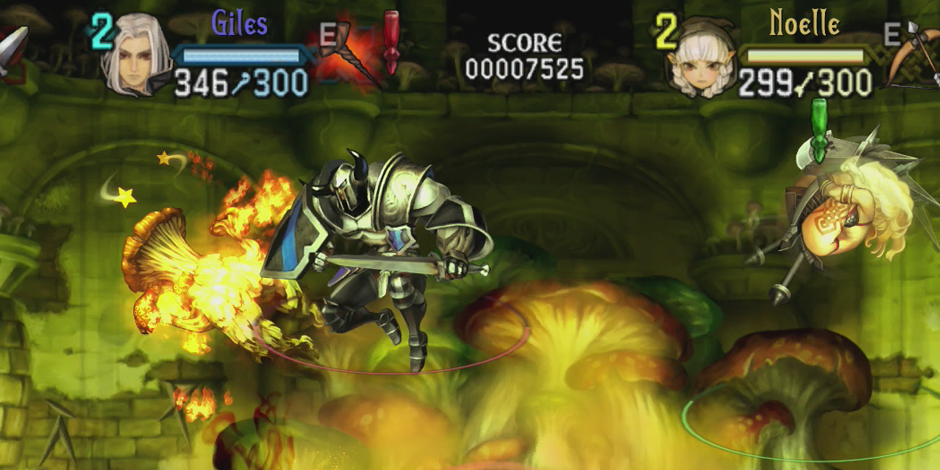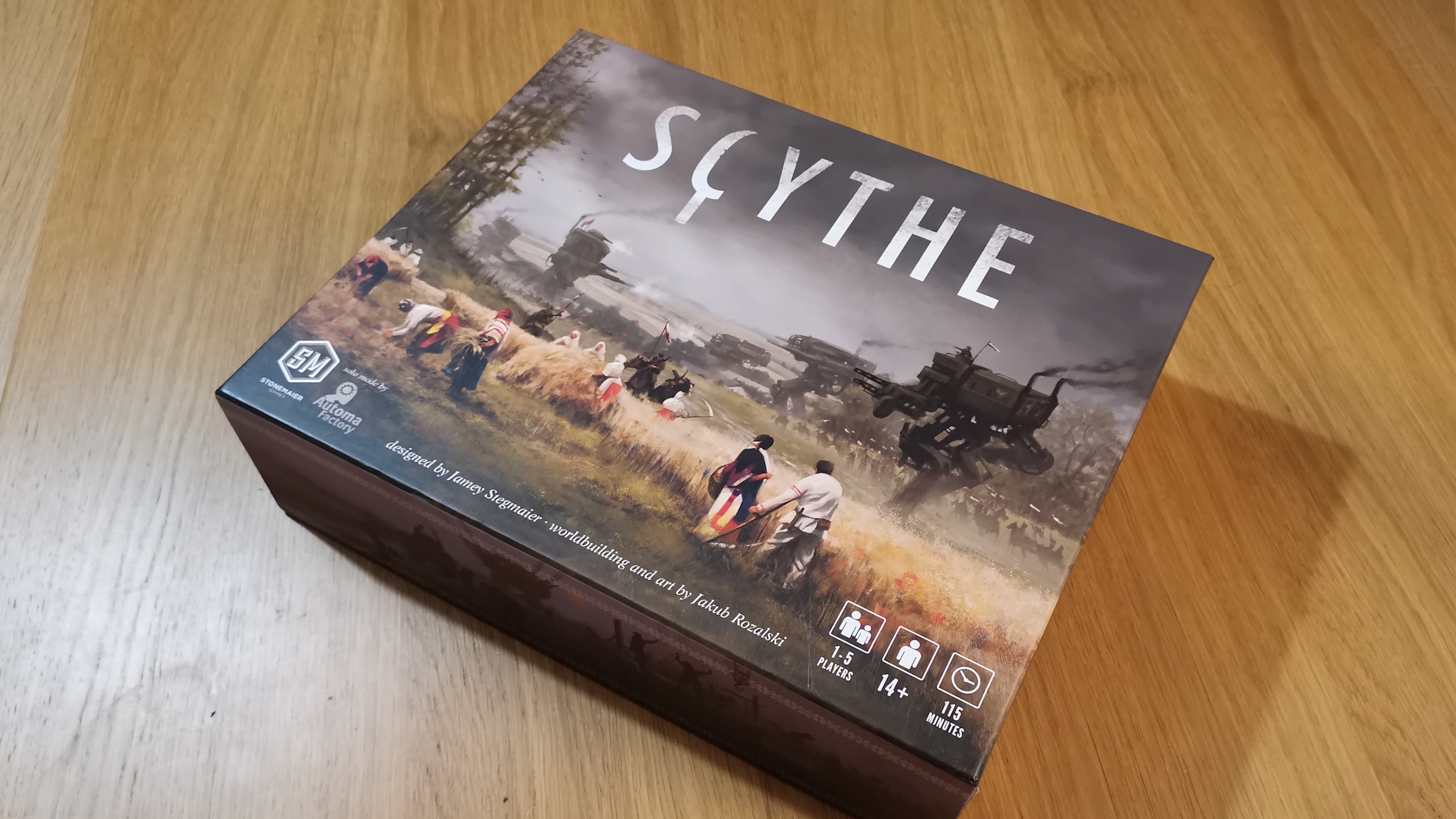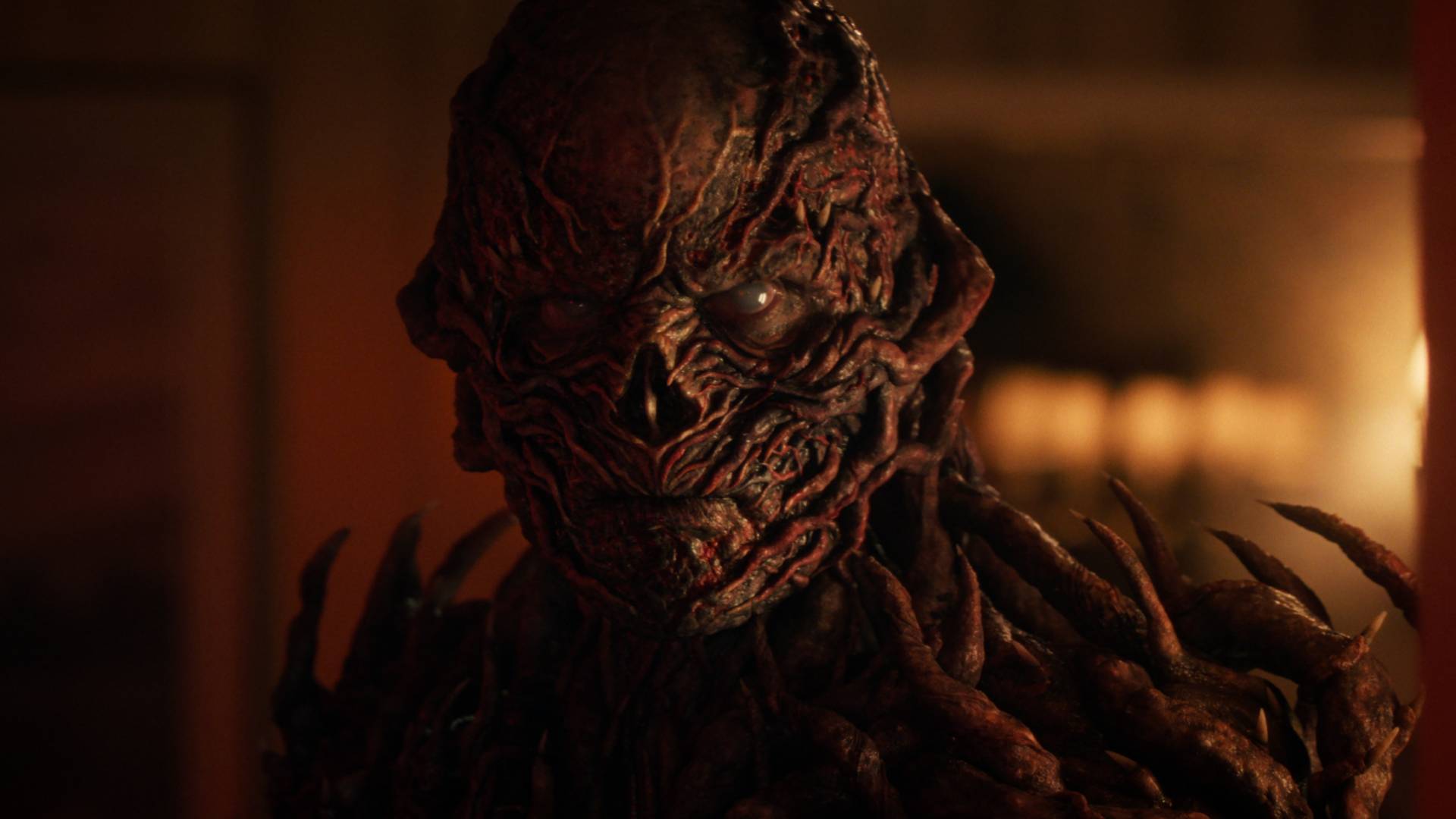GamesRadar+ Verdict
Pros
- +
Gorgeous art style
- +
Traditional beat-'em-up gameplay with satisfyingly distinct classes
- +
Deeply rewarding combat
Cons
- -
once you've come to grips with the controls
- -
Onscreen action can be too chaotic for its own good
- -
Being initially walled off from the online world
Why you can trust GamesRadar+
You know an RPG is good when it causes you to neglect such bodily necessities as eating or going to the bathroom. Dragon's Crown is one such game. As the latest picturesque epic from Vanillaware, it combines the combat of old-school, side-scrolling beat-'em-ups with the high fantasy of Dungeons & Dragons. With gorgeous artwork, deep gameplay, and a gratifying difficulty curve, it's sure to please most any action RPG fan. Despite some early hurdles and a few archaic designs, Dragon's Crown is the kind of modern arcade-style experience that only gets better the longer you play.
As the newest hero to arrive in the kingdom of Hydeland, you've taken it upon yourself to beat back the forces of evil, be it through magical spells or brute force. The core gameplay is classic beat-'em-up action for one to four adventurers: enter a screen, pummel whatever stands in your way, and keep moving to the right till you reach the boss encounter. Your six class options come in two basic flavors--melee or ranged--but they all have nuanced strengths and weaknesses that make them feel distinct. You're bound to fall in love with at least one of them, whether you prefer the in-your-face button mashing of the Fighter, the support role of the Sorceress, or the Wizard's devastating incantations.

"The core gameplay is classic beat-'em-up action for one to four adventurers..."
No matter who you pick, you'll have to appreciate them for their playstyles, because there's not much in the way of characterization as you battle through the straightforward storyline. Granted, it's more than most traditional arcade brawlers offer--there's plenty of lavishly-illustrated characters to visit in town, and the plot has a comforting familiarity about it. But your hero's personality only comes through in mid-battle quips (spoken in English or Japanese, at your discretion). Instead, it rests upon a singular narrator to guide you through your travels, who imbues the typical fantasy proceedings with an endearing charm. It's as if your grandfather is telling you the tale of the Dragon's Crown at your bedside, doing all the supporting cast's voices himself no matter how goofy they may sound.
During your first few hours of play, you'll be entranced by the lush backdrops and intensely stylized characters, which echo the striking designs of Frank Frazetta with even more extreme anatomy. Muscles bulge and breasts heave with every frame of animation, oftentimes bordering on the ridiculous. But the art style is incredibly self-confident, never playing the proportions for laughs; ripped warriors and half-naked damsels feel less like pandering and more akin to classical Renaissance paintings like The Birth of Venus. Unfortunately, there are some drawbacks to the art's lavish details and muted color palette: it can be absurdly difficult to keep track of the action when a full party's in combat, or discern who's who when two players are using the same class. The visuals can also spur some jarring frame drops on the Vita, a problem that's far less frequent (but not absent) on the PS3.
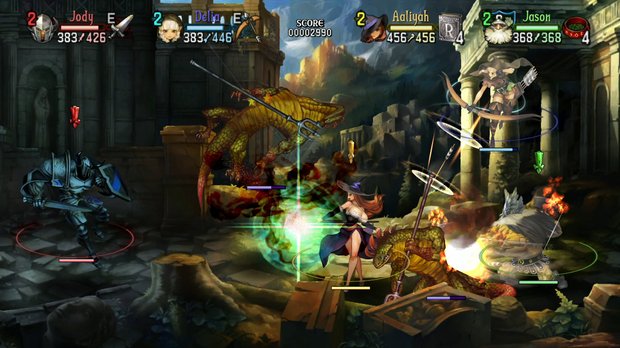
"...you'll be entranced by the lush backdrops and intensely stylized characters..."
The other thing staring you in the face early on are some frustrating design decisions. Dragon's Crown succeeds in borrowing some of the best elements from action RPG predecessors like Diablo; quests, rune magic, identifying items, and hidden treasures are all present here. But they're handled in rather unintuitive ways that feel jammed into the gameplay rather than accentuating it. For instance, runes, chests, and secret loot are part of the backdrop, and require you to "mouse over" them with an unsightly pointer using the right analog stick, then "clicked" on with a shoulder button (Vita players get the better end of the deal, able to simply tap points of interest). It feels bizarre when out of combat, and unwieldy when you're in the thick of things. Items you collect must be appraised before you can equip them--but the costs on your early gold income are substantial, which misses the point of the simple delayed gratification of Diablo's item identifying. Your quest log caps out at five, and many tasks boil down to a grind.
Coming to grips with the combat can also be something of an uphill battle. Many of your most essential moves, like running, attacking, and blocking, are all mapped to the same button, which can be incredibly aggravating at first. Online play is walled off until you've cleared all the Normal difficulty stages, of which there are only nine. You won't have to go it alone; there are AI companions ready to join your party once you've found their bones and resurrected them. They're a great help when you're getting your bearings early on, despite some spells of braindead stupidity when they commit suicide by standing in pits of fire. Splitscreen co-op is also an option, but simple things like selling items become nightmarish due to menu designs that fail to accommodate more than a single player.
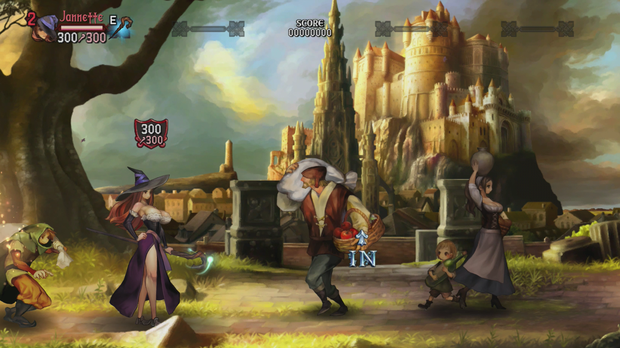
"Coming to grips with the combat can also be something of an uphill battle."
But after the initial three or four hours, you'll have broken through the irritating barriers, discovering deeply satisfying gameplay on the other side. Once you acclimate to the controls and master the flow of your class' fighting style, clearing out rooms full of enemies becomes a joy. Additional abilities open up at just the right cadence, and you'll eagerly rush to try out your newest attacks against the myriad monsters in each stage. Alternate pathways unlock in all nine stages as you make your way through the initial 12-hour campaign, introducing fresh boss fights that will perfectly test your combat prowess as it develops.
Weekly digests, tales from the communities you love, and more
Once you've unlocked the gates to the online multiplayer, joining a party (or welcoming wayward adventurers to your own) is incredibly simple. Even after you've conquered the breathtaking final fight, two more difficulty levels await you. Like Diablo before it, beating Normal difficulty is only the beginning of Dragon's Crown, and you'll be giddy to find out what brutally challenging encounters await you in the Hard and Inferno modes on the path to level 99.
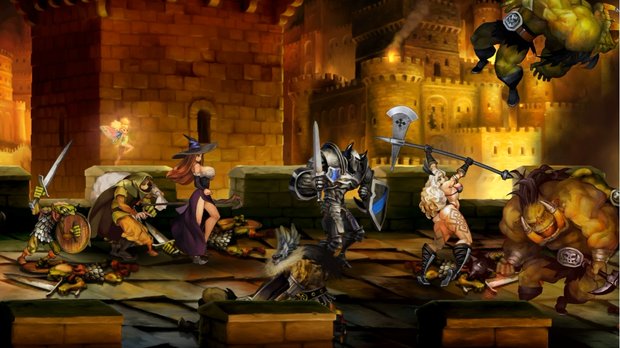
"Like Diablo before it, beating Normal difficulty is only the beginning of Dragon's Crown..."
Some framerate issues aside, the Vita version is just as appealing as its PS3 big brother. The visuals are equally stunning on the small screen, and once you've conquered the control scheme learning curve, it handles with the same reliability. Though cross-buy and cross-play aren't on the menu, cross-saving lets you transfer your quest and characters so you can slay mystical creatures on the go.
Dragon's Crown may start slow, but opens into a truly rewarding experience with each additional hour you put in. Despite some initial barriers to entry, it's still one of Vanillaware's most accessible games, catering to the hardcore while inviting in newcomers with its familiar gameplay and beautiful art. Once you've gotten into the groove of controlling your favorite class, it's easy to play Dragon's Crown for hours on end. Just don't forget to go to the bathroom every once in a while.
This game was primarily reviewed on PS3, with playtesting on PS Vita.
More info
| Genre | Action RPG |
| Description | Dragon's Crown is an online adventure where players team up online to clear out monsterridden dungeons, discover precious treasure, and destroy aweinspiring bosses. |
| Platform | "PS Vita","PS3" |
| US censor rating | "Teen","Teen" |
| UK censor rating | "Rating Pending","Rating Pending" |
| Release date | 1 January 1970 (US), 1 January 1970 (UK) |

Lucas Sullivan is the former US Managing Editor of GamesRadar+. Lucas spent seven years working for GR, starting as an Associate Editor in 2012 before climbing the ranks. He left us in 2019 to pursue a career path on the other side of the fence, joining 2K Games as a Global Content Manager. Lucas doesn't get to write about games like Borderlands and Mafia anymore, but he does get to help make and market them.
